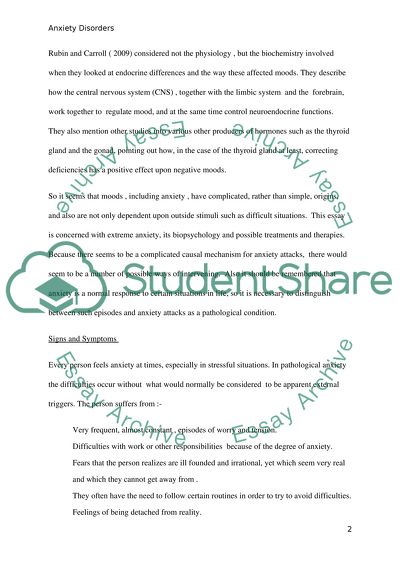Cite this document
(“Biopsychology of Anxiety Disorders with Treatment Approach Using Term Paper”, n.d.)
Retrieved from https://studentshare.org/psychology/1432681-biopsychology-of-anxiety-disorders-with-treatment
Retrieved from https://studentshare.org/psychology/1432681-biopsychology-of-anxiety-disorders-with-treatment
(Biopsychology of Anxiety Disorders With Treatment Approach Using Term Paper)
https://studentshare.org/psychology/1432681-biopsychology-of-anxiety-disorders-with-treatment.
https://studentshare.org/psychology/1432681-biopsychology-of-anxiety-disorders-with-treatment.
“Biopsychology of Anxiety Disorders With Treatment Approach Using Term Paper”, n.d. https://studentshare.org/psychology/1432681-biopsychology-of-anxiety-disorders-with-treatment.


